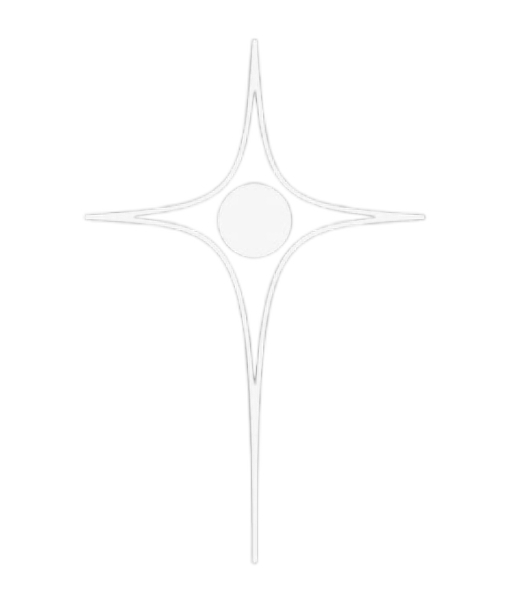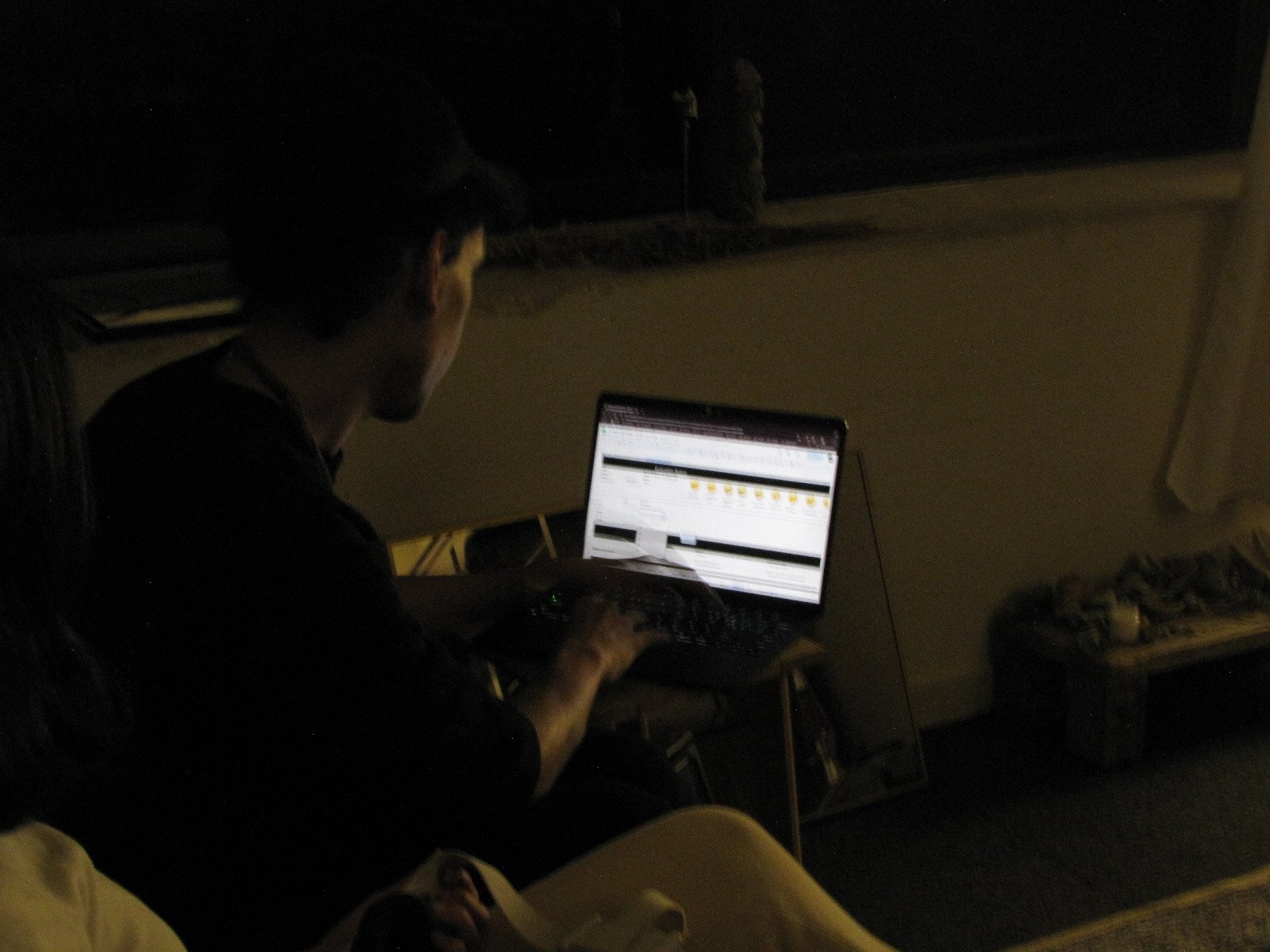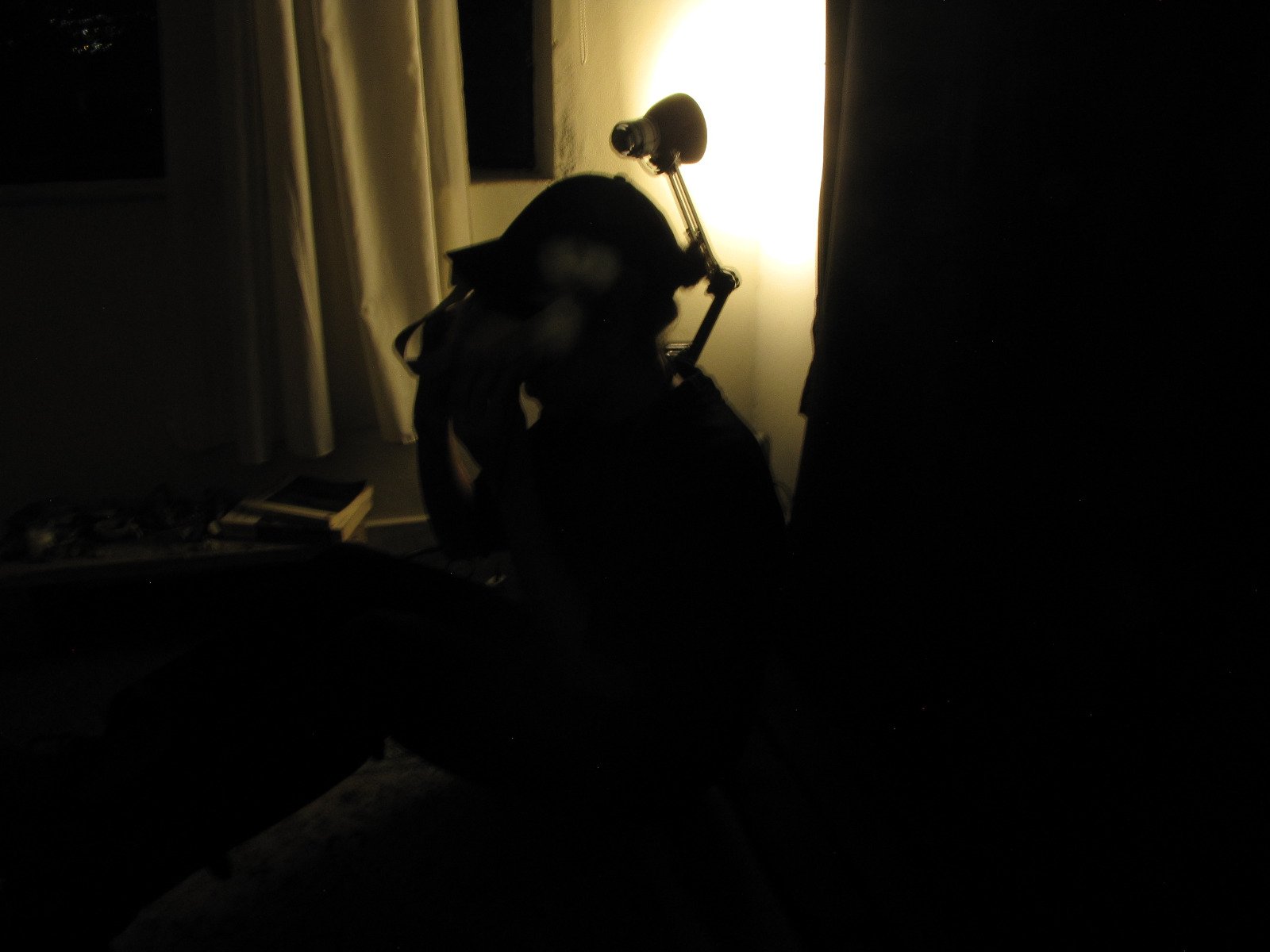Our series, 'The Anatomy of Anything,' is a contemplative exploration of our current epoch. It dissects the integration of groundbreaking technologies(specifically VR/AR, AI, Biometric tech, Robotics) across diverse disciplines & realms(such as cultural studies, epigenetics, metaphysics, health, urbanism & more) interrogating the traditional boundaries of knowledge production as a theoretical foundation for design.
Through a series of multi media essays, we confront a fundamental axiom of modernity: the anatomization of matter. This process, deeply ingrained in our approach to the world, seeks to dissect and categorize 'anything' - turning the fluidity of phenomena into the rigidity of 'something'. Such an approach, driven by an ontological fear of 'nothing', often leads to viewing every entity, every piece of matter, as a resource ripe for extraction and utilization. This relentless drive to intervene and exploit has not only shaped our interactions with the physical world but has also manifested in complex societal issues, including the unethical practices of eugenics.
By turning the abstract into the tangible, and the undefined into the defined, we inadvertently set the stage for the very crises we face today. 'The Anatomy of Anything' is not just an exploration of technologies; it's a critical examination of these paradigms, challenging us to envision a future where interaction with matter, and each other, is reimagined for a more harmonious existence.



















